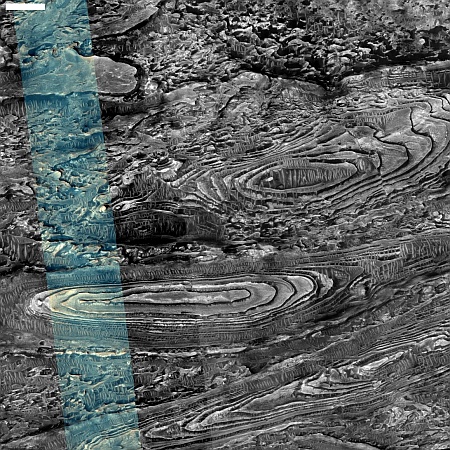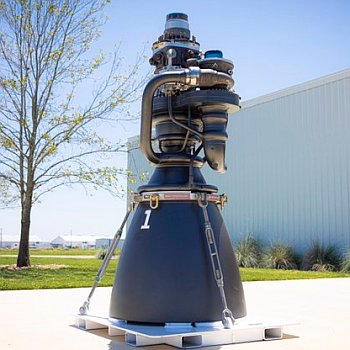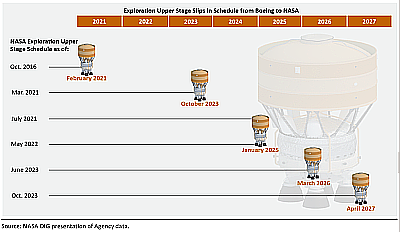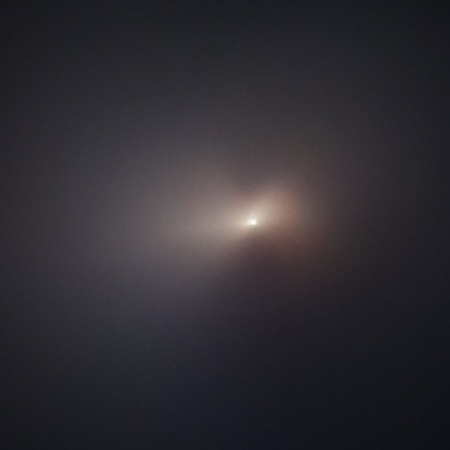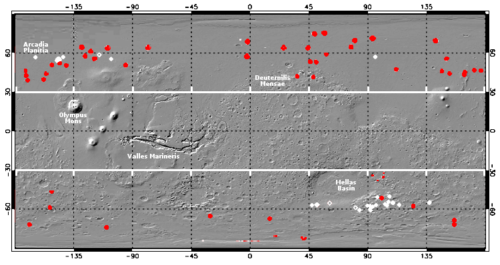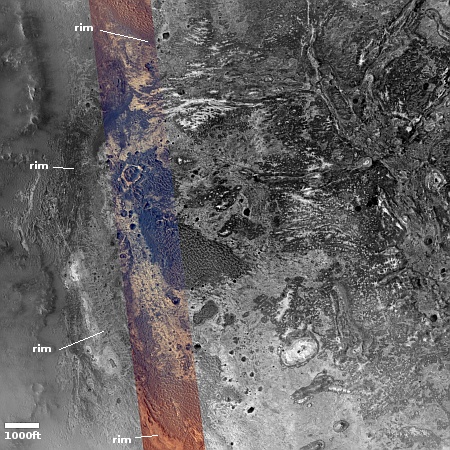SpaceX launches another 23 Starlink satellites
After a launch abort less than a minute before launch yesterday, SpaceX successfully launched another 23 Starlink satellites this morning, its Falcon 9 rocket lifting off from the Kennedy Space Center in Florida.
The first stage completed its 17th flight, landing on a drone ship in the Atlantic.
The past three days for SpaceX was quite busy, as my readers can easily see: Three launches in three days. It appears the company is working hard to recover its launch pace from the several week pause after an upper stage had a leak on a July 11th launch.
The leaders in the 2024 launch race:
80 SpaceX
33 China
10 Rocket Lab
8 Russia
American private enterprise now leads the rest of the world combined in successful launches 95 to 49, while SpaceX by itself still leads the entire world combined, including American companies, 80 to 64.
The launch schedule for the rest of the week will be as busy, with the Russians launching a Progress freighter to ISS, India launching its SSLV rocket, and SpaceX having two more launches on its manifest.
After a launch abort less than a minute before launch yesterday, SpaceX successfully launched another 23 Starlink satellites this morning, its Falcon 9 rocket lifting off from the Kennedy Space Center in Florida.
The first stage completed its 17th flight, landing on a drone ship in the Atlantic.
The past three days for SpaceX was quite busy, as my readers can easily see: Three launches in three days. It appears the company is working hard to recover its launch pace from the several week pause after an upper stage had a leak on a July 11th launch.
The leaders in the 2024 launch race:
80 SpaceX
33 China
10 Rocket Lab
8 Russia
American private enterprise now leads the rest of the world combined in successful launches 95 to 49, while SpaceX by itself still leads the entire world combined, including American companies, 80 to 64.
The launch schedule for the rest of the week will be as busy, with the Russians launching a Progress freighter to ISS, India launching its SSLV rocket, and SpaceX having two more launches on its manifest.


